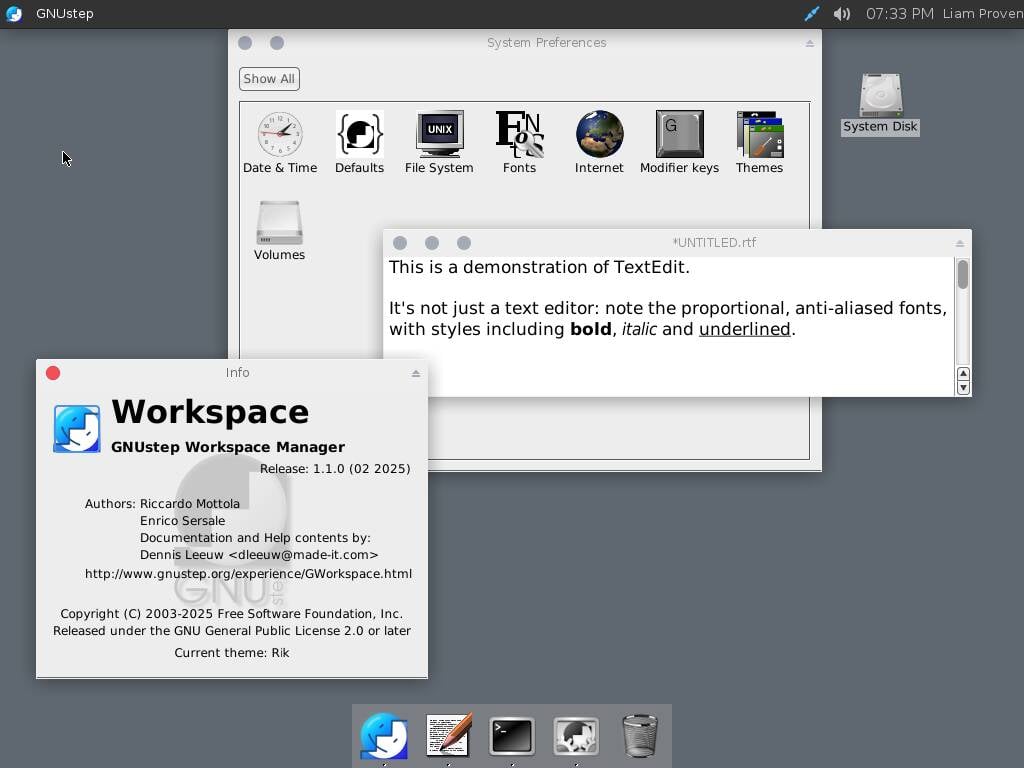
"We last looked at GhostBSD a couple of years ago, and liked what we saw. This version is based on FreeBSD 14.3. It fixes some bugs, improves hardware handling (for instance, it works better with sound controllers that have more than two outputs), and enhances detection (especially for certain AMD and Nvidia cards). This version adds automatic /tmp directory clearing, updates Wi-Fi drivers, and fixes issues with several of its bundled apps."
"GhostBSD takes the latest released version of the existing FreeBSD OS, and packages it with a bootable installation medium that loads to a graphical desktop and provides an easy graphical installer. It also adds some graphical setup and administration tools, such as a graphical OS-update app. Over in the Linux world, this is the sort of thing that users are accustomed to, but it's quite radical stuff in the BSD world."
"We tried it both in a VirtualBox VM and also on an old ThinkPad T420. It installed comfortably and ran smoothly on both, and on bare metal, it detected and worked with sound, Wi-Fi, and even a second DisplayPort monitor. It had no problems booting from ZFS on systems with a legacy BIOS. It was as quick and easy as we would expect of any Linux distro from the last decade, but for FreeBSD, this remains impressive."
GhostBSD 25.02-R14.3p2 packages FreeBSD 14.3 with a new macOS-like Gershwin desktop and a graphical installation experience. The release fixes bugs, improves hardware handling including multi-output sound controllers, enhances detection for AMD and Nvidia cards, updates Wi-Fi drivers, and adds automatic /tmp directory clearing. Several bundled applications receive fixes and the system works better with varied sound controllers. The distribution supports booting from ZFS on legacy BIOS systems and handles multiple monitors. The standard edition ships with MATE while offering alternate desktop options and includes graphical setup and administration tools.
Read at Theregister
Unable to calculate read time
Collection
[
|
...
]